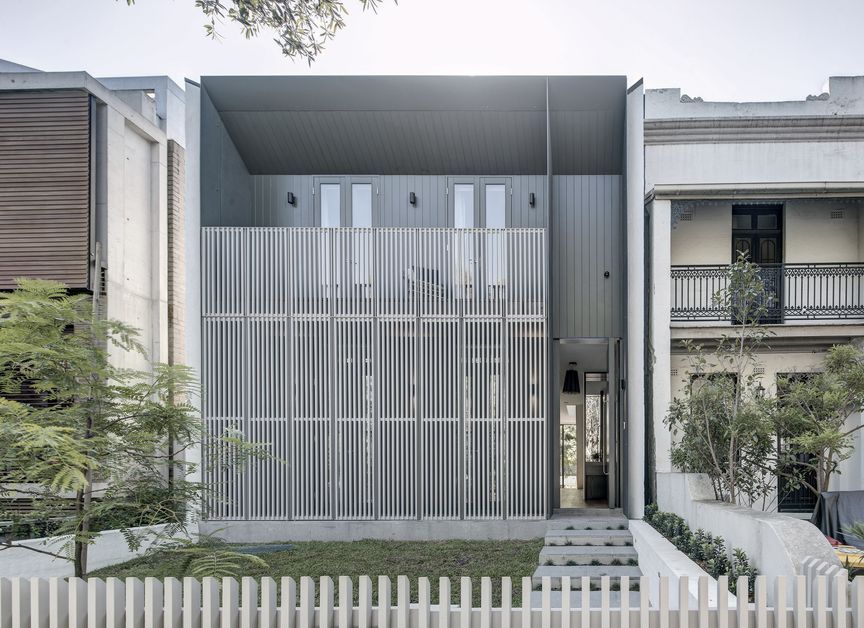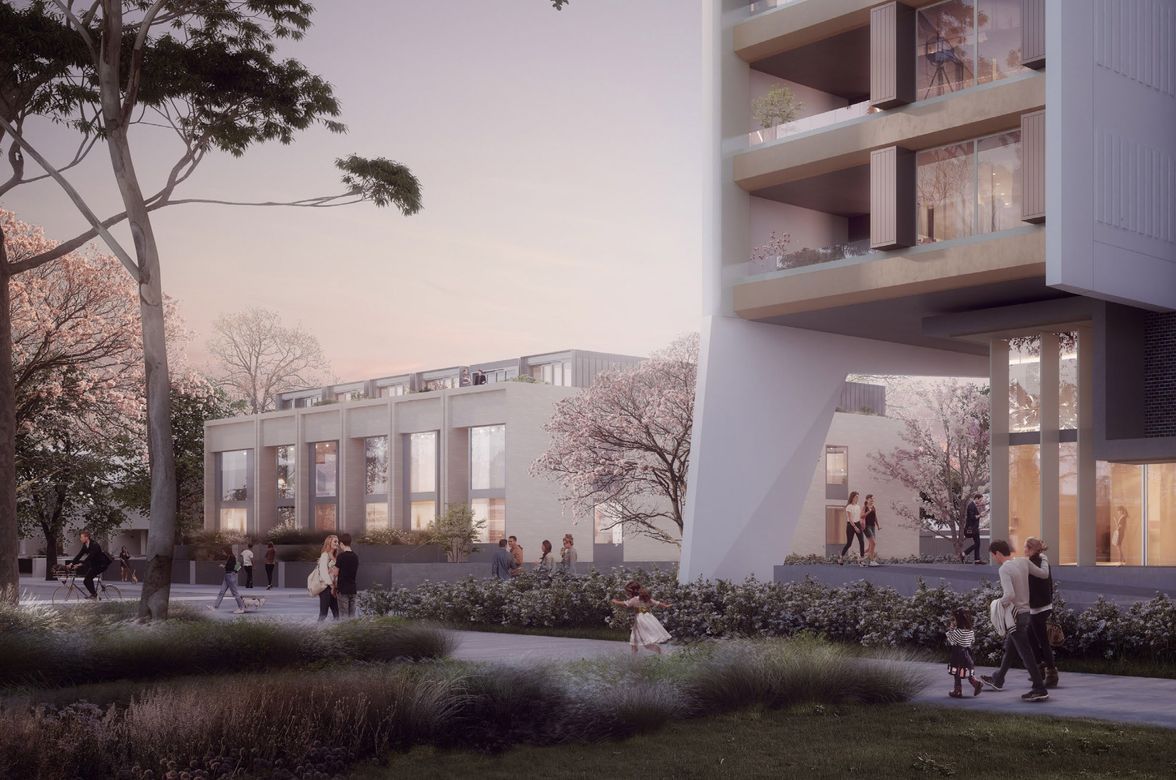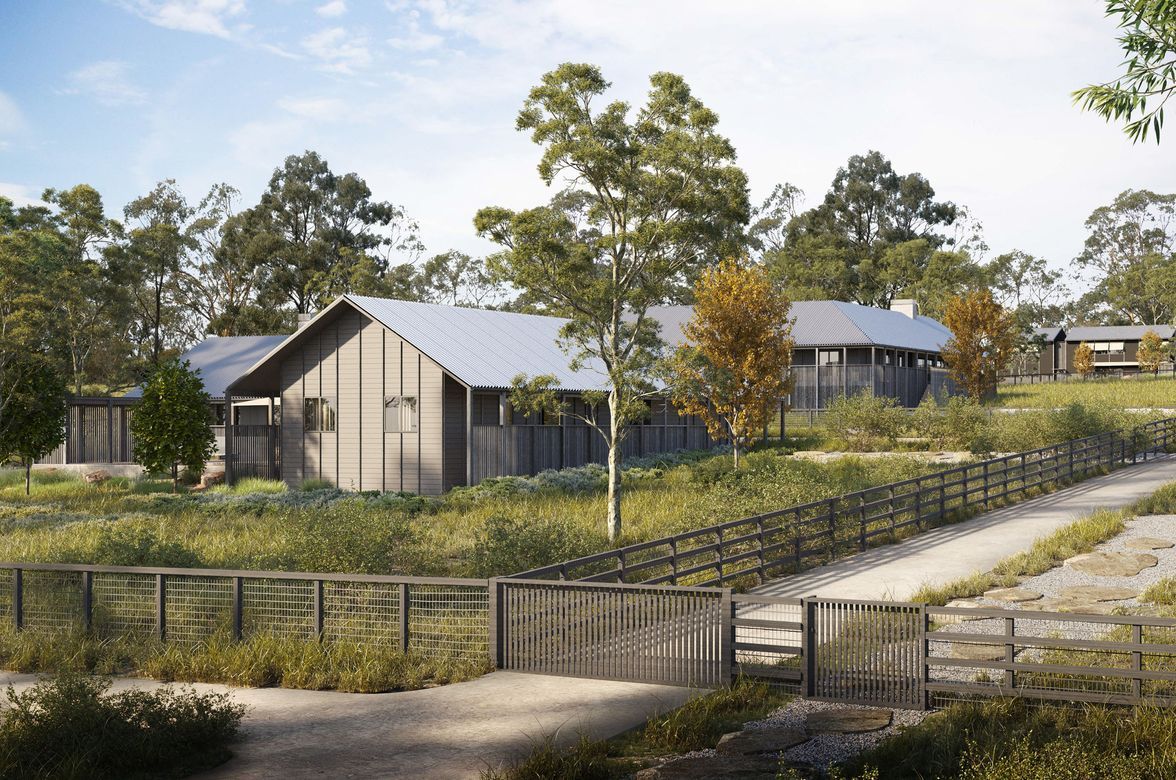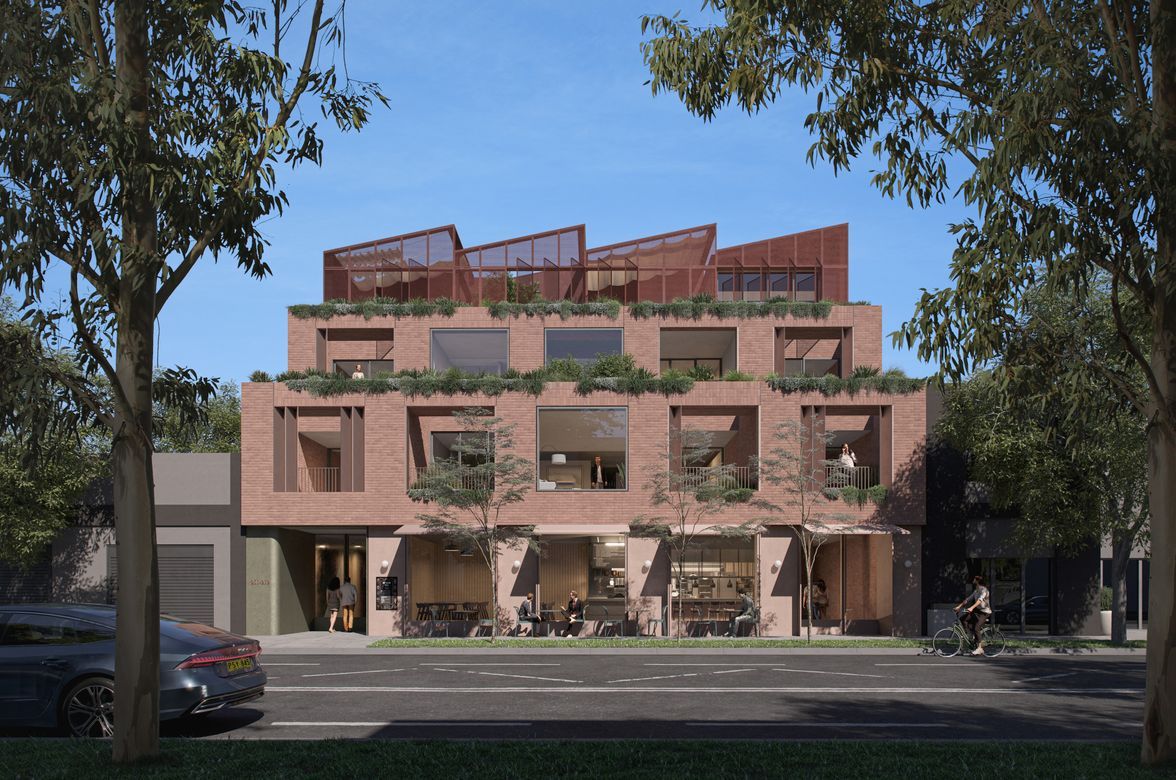Australia House.
ArchiPro Project Summary - A collaborative gallery, studio, and atelier in Niigata Prefecture, Japan, designed for the Australian Embassy Tokyo, showcasing Australian artists and fostering community engagement, completed in 2013 after the original structure's collapse.
- Title:
- Australia House
- Architect:
- Architecture AND
- Category:
- Community/
- Public and Cultural
- Completed:
- 2013
- Client:
- Australian Embassy Tokyo Echigo Tsumari Art Triennale
- Photographers:
- Brett Boardman Photography
An intersection of art and community
Brook Andrew’s work ‘Mountain Home – dhirrayn ngurang’ is permanently installed within the space, elaborating the architectural composition and weaving story and local community into the building fabric.


The design synthesises Japanese and Australian architectural traditions, incorporating elements of both the Australian Georgian farmhouse and the Japanese Minka. A steeply pitched roof rises towards the ‘daikoku-bashira’, symbolically functioning as the support of the structure and becoming a charged element within the gallery space. Perception of the building alternates between the familiar presence of a rural dwelling and that of an art object. The interiors form a large ‘perception device’, heightening views of the surrounding landscape and creating opportunities for art installation. The dynamic triangular form creates a long dimension and widening perspective within compact spaces.

Designed to resist extreme earthquake and snow-loading conditions, the new building stands as a symbol of healing and transformation in this distinctive region of Japan.



Layering of art and landscape.
The building has a hybrid function. In addition to functioning as a gallery and artmaking space, it serves as an emergency shelter for future earthquake events and a community centre for use by the local Urada village.

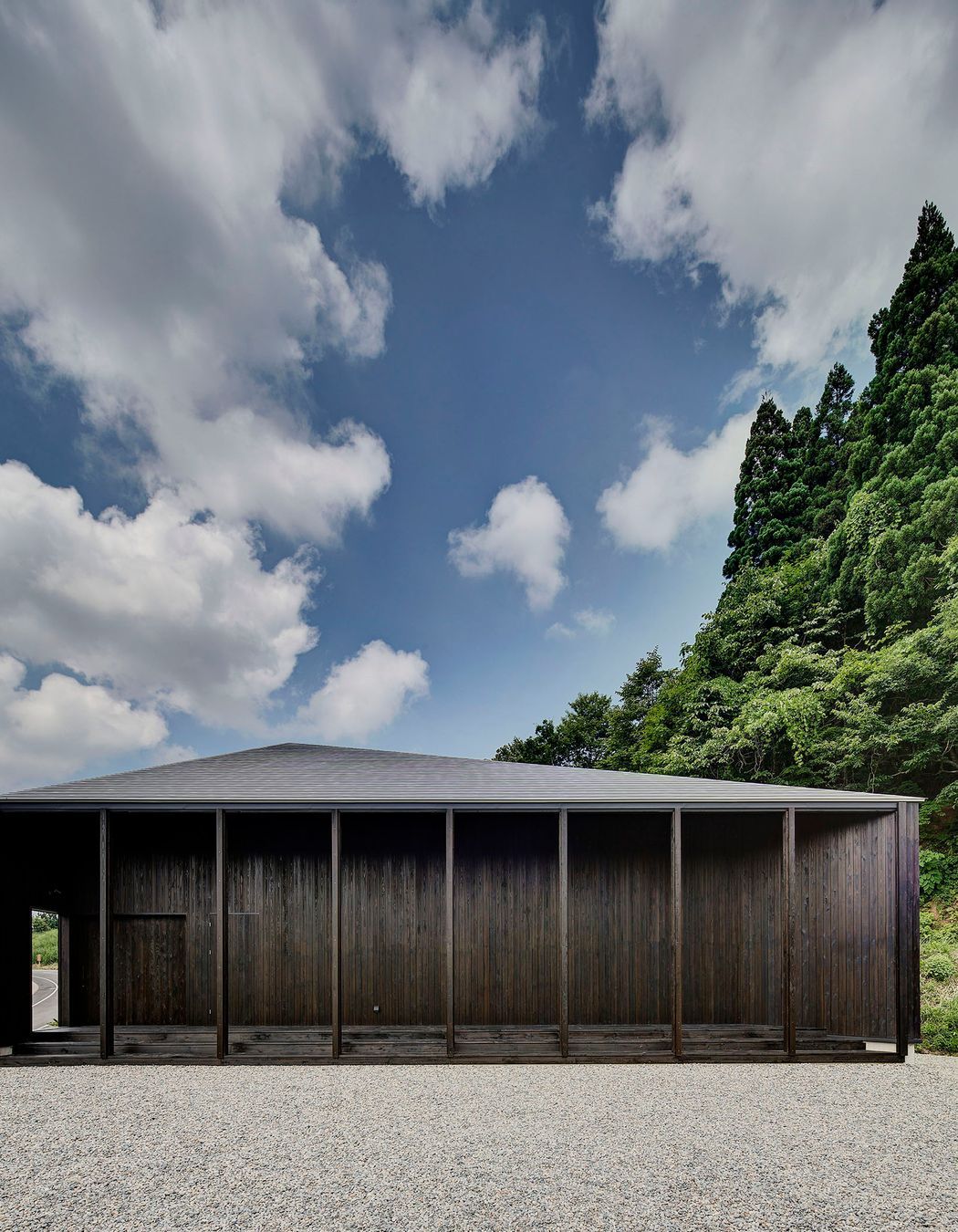
The proposal received first place in international design competition. Jury chair Tadao Ando commented: ‘It is difficult to form a triangle. However, it could create interesting architecture since it is difficult. I find the approach to the house attractive and different elements well arranged. The idea of dealing with snow is thoughtful, considering that the site is located in a heavy snowfall region. It would be fantastic if only the triangular roof was visible as the rest of the house is covered with three-metre-high snow.’








Year Joined
Projects Listed
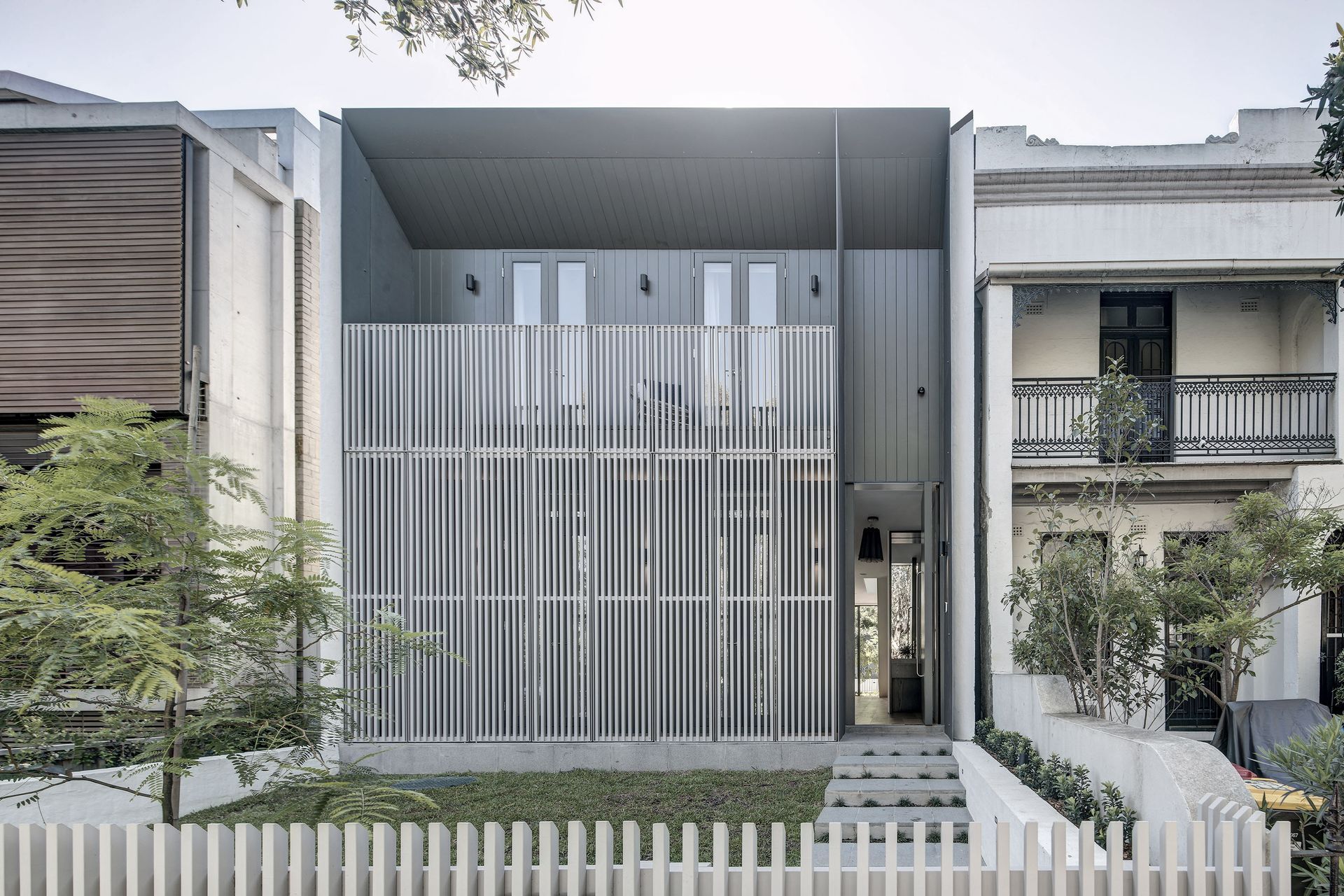
Architecture AND.
Other People also viewed
Why ArchiPro?
No more endless searching -
Everything you need, all in one place.Real projects, real experts -
Work with vetted architects, designers, and suppliers.Designed for Australia -
Projects, products, and professionals that meet local standards.From inspiration to reality -
Find your style and connect with the experts behind it.Start your Project
Start you project with a free account to unlock features designed to help you simplify your building project.
Learn MoreBecome a Pro
Showcase your business on ArchiPro and join industry leading brands showcasing their products and expertise.
Learn More
